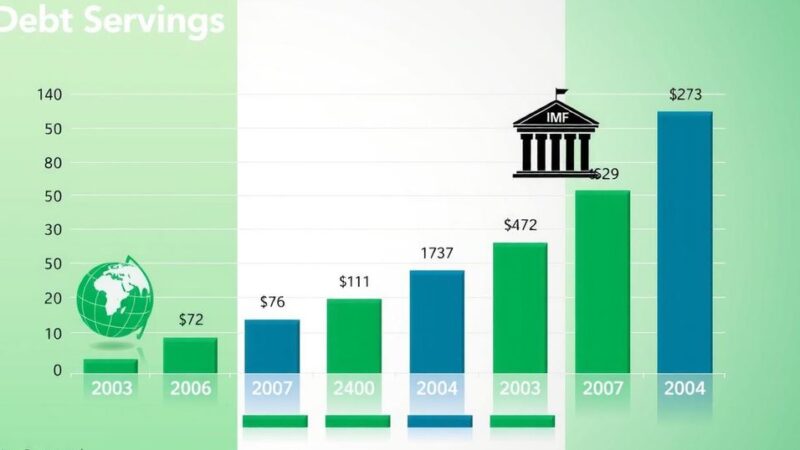On April 2, 2018, President Trump will impose reciprocal tariffs on countries like India and China, following new tariffs on Canadian and Mexican imports. These actions aim to address what he perceives as unfair trade practices and economic imbalances, prompting retaliation from affected nations. The unfolding situation raises significant concerns about escalating trade tensions.
On April 2, 2018, President Donald Trump announced plans to impose reciprocal tariffs on several major trading partners, including India, citing unfair trade practices against American imports. This declaration followed the implementation of a 25 percent tariff on goods imported from Canada and Mexico, along with a doubling of tariffs on Chinese products to 20 percent. Trump emphasized the need for these measures in response to tariffs imposed by other countries.
During a joint address to Congress, Trump expressed concerns regarding the existing trade imbalances, noting that countries such as India and China impose tariffs significantly higher than those levied by the United States. He stated, “Other countries have used tariffs against us for decades, and now it is our turn to start using them against those other countries.”
The President highlighted the economic advantages he anticipates from these tariffs, including job creation and substantial financial gains. He criticized countries that employ non-monetary tariffs, indicating the United States would similarly utilize barriers to protect its market. Trump’s commitment to addressing what he considered unfair trade practices has been a recurring theme throughout his administration.
The announcement of reciprocal tariffs quickly elicited retaliatory responses from the affected partners. Canada announced its intention to impose tariffs against over $100 billion worth of American goods, while Mexico confirmed it would introduce its own counter-tariffs. China likewise made a move by implementing tariffs of up to 15 percent on American agricultural exports and broadening the scope of export controls on U.S. companies.
The intent behind Trump’s tariffs is clearly aimed at recalibrating the trade relationship between the U.S. and its partners, with hopes of generating increased revenue and economic growth. The unfolding trade dynamics illustrate a significant potential shift in international trade policies as countries respond to mutual tariffs.
In conclusion, President Trump’s announcement regarding reciprocal tariffs targets major trading partners, highlighting perceived trade imbalances and unfair practices. His remarks point to a broader strategy aimed at revitalizing the U.S. economy through protective tariffs. Retaliatory measures from affected countries suggest a looming trade conflict that could alter the landscape of international trade relations significantly.
Original Source: www.indiatoday.in






